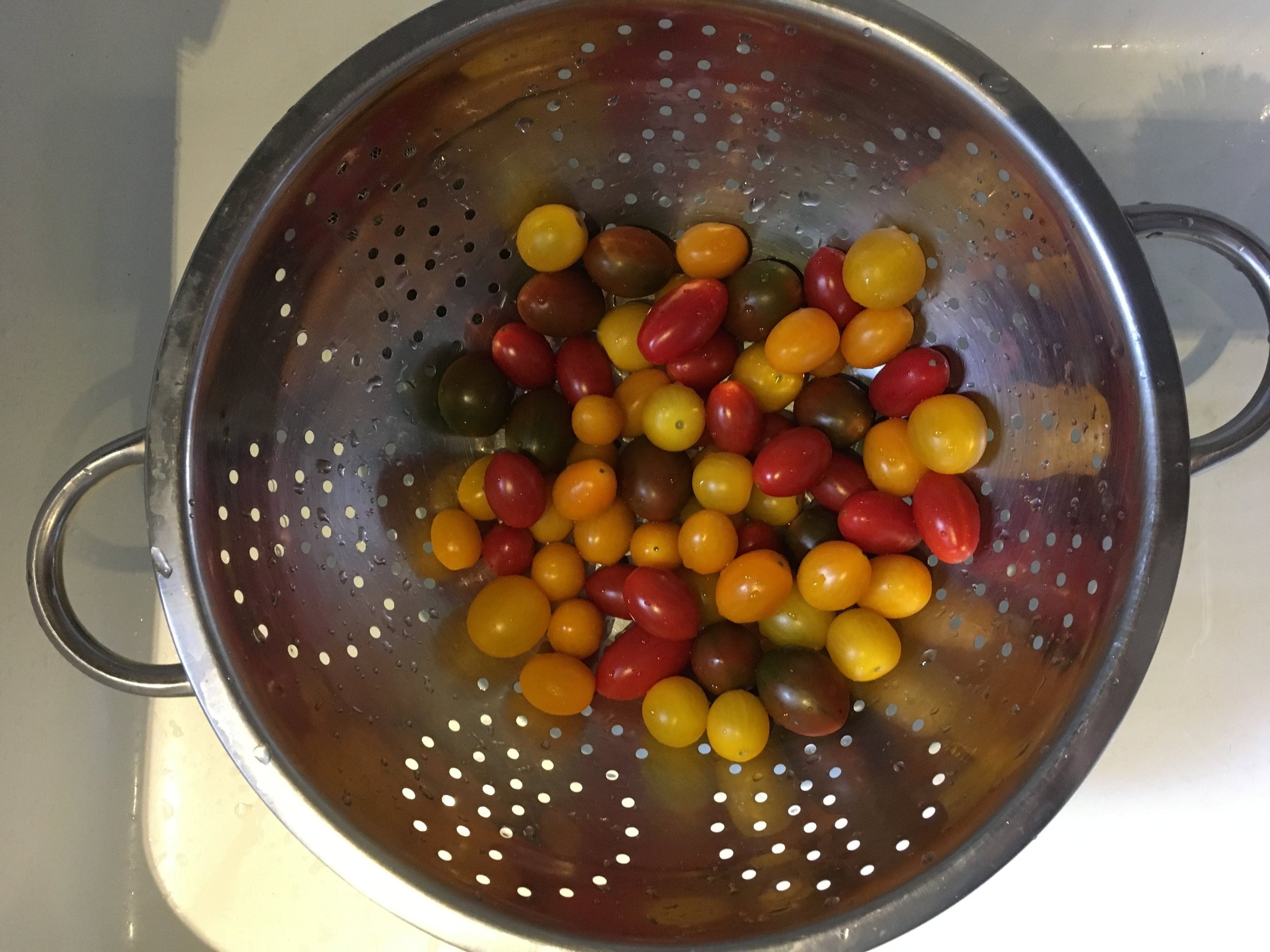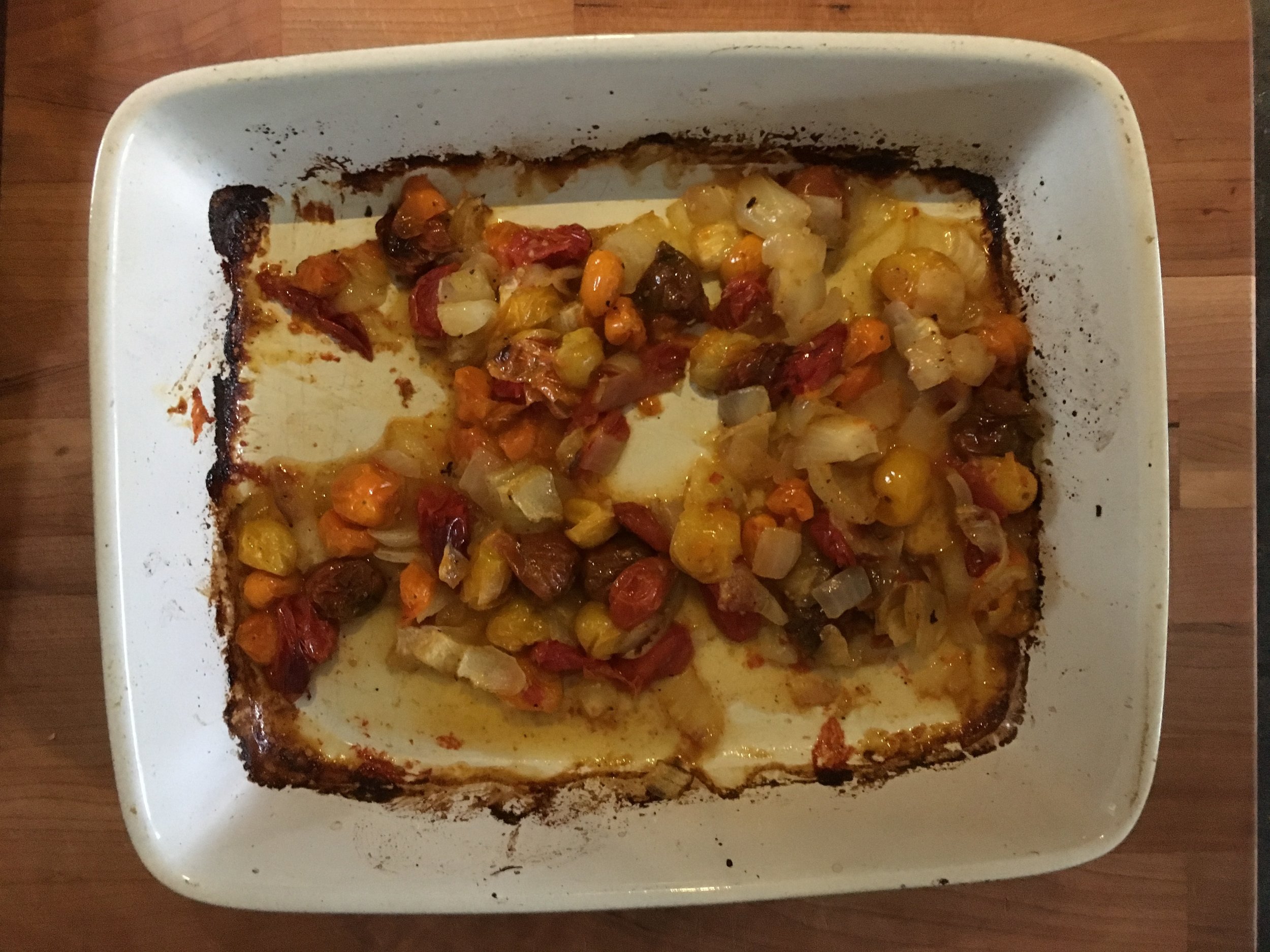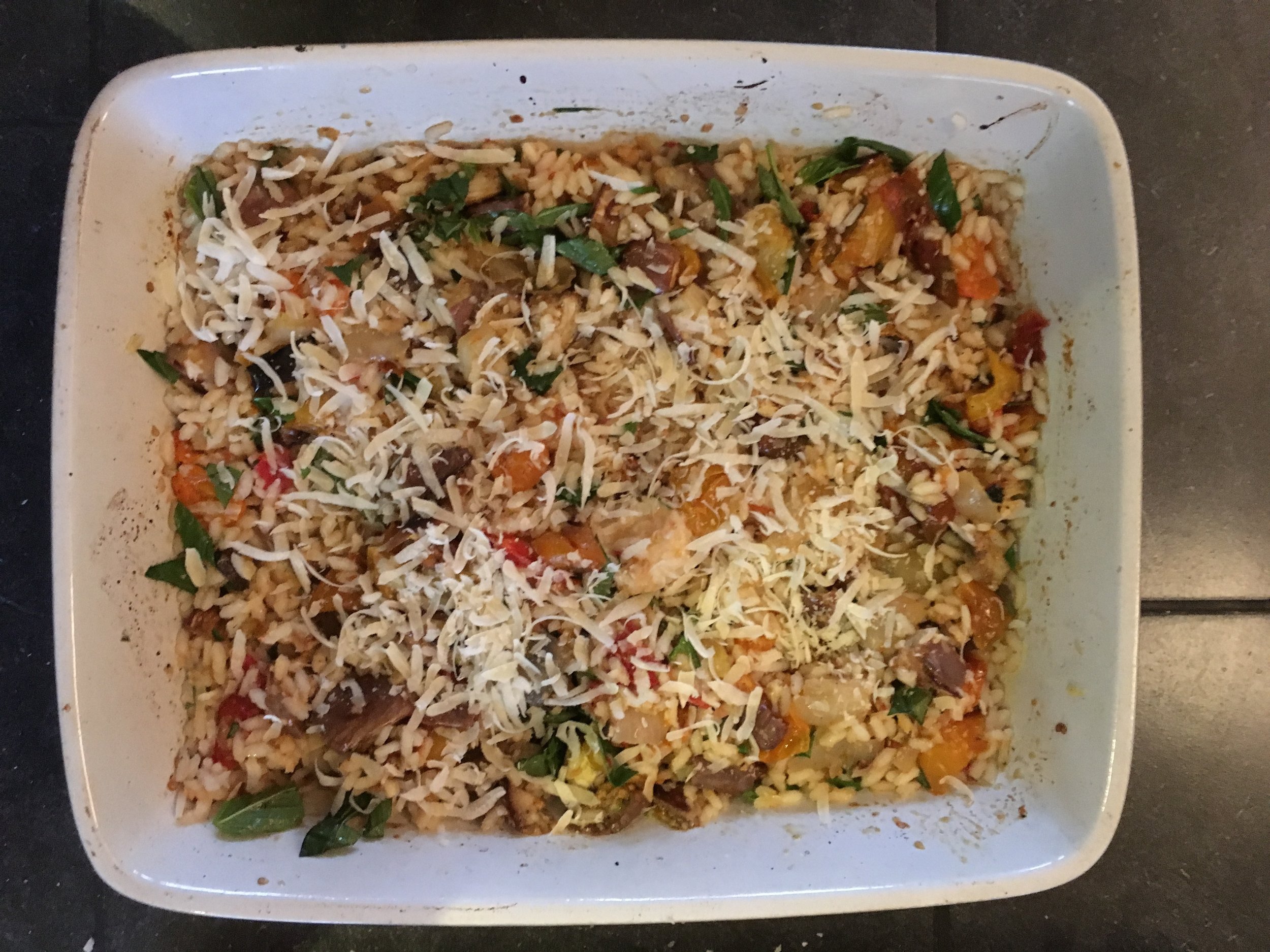My cookbook collection—housed in a groaning third of our living room bookshelves, as well as my office—owes at least 50% of its bulk to tag and library sales. While I work in the cookbook field and keep up with the newest publications (and even get sent new books sometimes, lucky me—when I judged the James Beard awards this year I received 50 at once), most of the cookbooks I return to over and over again are older. The dishes are often more reasonable, about just cooking dinner every night, rather than the most special or precious food. They use less dishes and equipment; they get the most out of their ingredients. What they may lack in consistency or preciseness (like measuring with a wine glass), they make up with personality.
We all have our vices.
One favorite, food writing pioneer MFK Fisher, is praised not nearly as often as she should be. Everyone talks about Julia Child, who is great of course, but this lady came before (with others, like Elizabeth David—another star), and had skills and panache to burn. How To Cook a Wolf—where Fisher dealt with wartime food shortages and subsequent lack of ingredients—is one of the most influential books written, for me, both in content and in tone, cookbook or otherwise. Her economy with food is not the lowly, insipid economy that that word sadly now implies. It’s graceful, creative, resourceful, thoughtful, and absolutely inspiring. She digs deep, has a sense of humor, and exudes a general perkiness and can-do attitude that I really respect. You can’t get this woman down.*
Similarly, an old cookbook I purchased last summer, also from a tag sale, implicitly discusses economy, but Italian-style, which is a cooking genre all of its own: cucina povera (see my thoughts on caponata). Focused on the amazingly vibrant cuisine of Sicily, the recipes are simple and straightforward. Since a visit there a couple of years ago, I knew that the island’s seeming culinary modesty wouldn’t equate to underwhelming food. Quite the opposite.
Paging through, one simple recipe caught my eye—a rice gratin. Parcooked short grain rice, starchy and chewy, mixed with cheese and roasted eggplant, then cooked “al forno,” in the oven. While it sounded like a lot of prep and dishes for a glorified casserole, something about it tempted me. (If I am willing to go to some trouble for pasta, why not just-as-humble rice?) So I played around with the idea, adding a few more veggies and streamlining for my laziness. With a creamy texture inside (almost risotto like), and a crusty cheesy top, this rice gratin became a showcase for late summer vegetables, and a comforting dish made for cooling September climes. Since then, I’ve made it with roasted zucchini or fennel, sautéed leafy greens, and even roasted butternut squash; short-grain brown rice is fine too. Alternative cheeses are delicious, like Caciocavallo, Provolone, and/or Gruyere. For vegans or non-dairy people, it even works to eliminate the cheese, shockingly, and top it with nicely toasted slivered almonds. However you make it, use the best vegetables you can find, and revel in the untrendy, scrummy results.
Old-Fashioned Rice Gratin
Cube/chop the veggies of your choice: here I used an eggplant, a pepper, an onion, and plenty of cherry tomatoes.** Put into a roasting pan or gratin dish, toss with olive oil and lots of salt and pepper, and roast at 400 degrees until soft, cooked through, and browned. If you need to use two pans so the veggies aren’t crowded (always a good idea), be sure to put the tomatoes in the gratin or roasting pan. When all the veggies are done, combine into the gratin/roasting pan and let cool; add 1/2 cup of shredded parm or other grated cheese and a large handful of chopped basil, and reseason as necessary.
Parcook 1 to 2 cups of Arborio or any other short-grain white or brown rice in a few cups of boiling water (like you are cooking pasta), until almost cooked through. If you have a parm rind, boil it first for a few minutes before you add the rice. Scoop out the rice, draining it mostly as you go, add it to the veggies, and toss gently, being sure to use the hot wet rice to help dissolve and incorporate the yum yums (what Emeril Lagasse sometimes calls the caramelized bits stuck to a pan). It should be saucy but not soaking—the extra starchy liquid clinging to the rice will help it cook through. Sprinkle with a bit more parm and bake in a 350 degree oven for 15 to 20 minutes. If you used an oozier cheese, feel free to broil a couple of minutes to brown the top. Top with more basil if you like.
* Seriously, one of her chapters is titled "How to be cheerful though starving." Not all of her writing, or cooking, is dire. Also, the subtitle of this post comes from her too... though she paraphrased it from W.S. Gilbert.
** This is the minimum volume of veggies, but more is more. You want about half rice/half other stuff. The juiciness of the tomatoes is important (the rice soaks up the excess), so use a lot—halved/quartered larger tomatoes would also work. Roasted butternut squash, fennel, even Brussels sprouts, would make interesting swaps. Likewise roasted sliced sausages or a bit of slivered salami wouldn’t be crazy, especially with sautéed chopped hearty greens like broccoli rabe. (Lastly, chopped garlic would be great to add to the roasting veg, but I was out, so I used a sprinkle of garlic powder…not to beat a dead horse, but it worked!)







